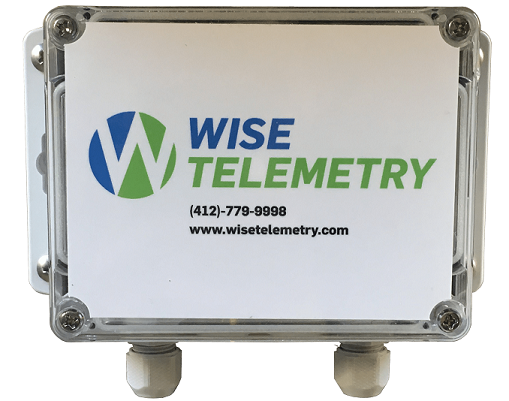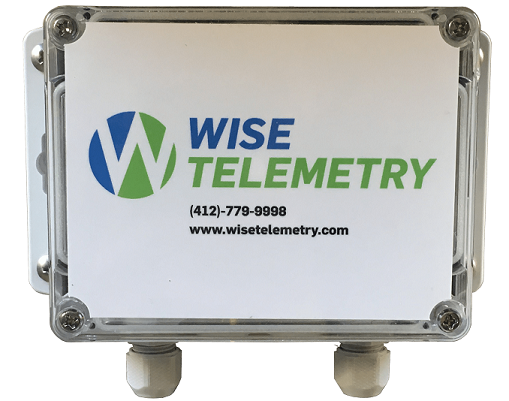Propane Manifold Telemetry

The propane manifold telemetry unit allows gas distributors to see real time supply and demand data at each of their customer’s sites. This data improves delivery route planning, usage tracking, and future demand prediction.
This patented system operates by detecting the pressure in a bank of propane cylinders. Two propane cylinders are connected to a switching manifold with pressure switches tee’d into the supply lines. Once the liquid in one cylinder has been used and only gaseous propane remains, the pressure in that cylinder will begin to drop as the gaseous propane is consumed. At this time, the manifold switches to the other propane cylinder. The telemetry system detects this pressure drop and sends an alert via Wise Telemetry’s web-based monitoring software, allowing for timely deliveries.
When installed on a fleet of propane cylinders, the data from our telemetry units can be fed into industrial routing software to ensure optimal delivery routes and no emergency deliveries.
What You Will Need:
Will this system attach to my current regulators and cylinders?
Yes. The propane manifold unit is compatible with most existing manifolds and cylinders. The default attachment for the pressure switches is a ¼”- NPT T-fitting with the pressure switch screwed into one end. The two other ends of the T-fitting are screwed inline between the propane cylinder and the propane manifold.
Do I need a unit for every cylinder in my fleet?
No. You only need one system per manifold at an end user’s site.
Does this system require multiple pieces of hardware?
No. The propane manifold unit is only one piece of hardware that both senses the pressure level and communicates these readings from the device to our cloud computing system.
How does the system communicate data?
The propane manifold telemetry unit can communicate via Sigfox or LoRA network connections.
How do I access my data?
Data from Wise Telemetry devices can be accessed online via our secure web portal. Alternatively, Wise Telemetry software can interact with APIs for ERP, asset tracking, and route planning systems.

